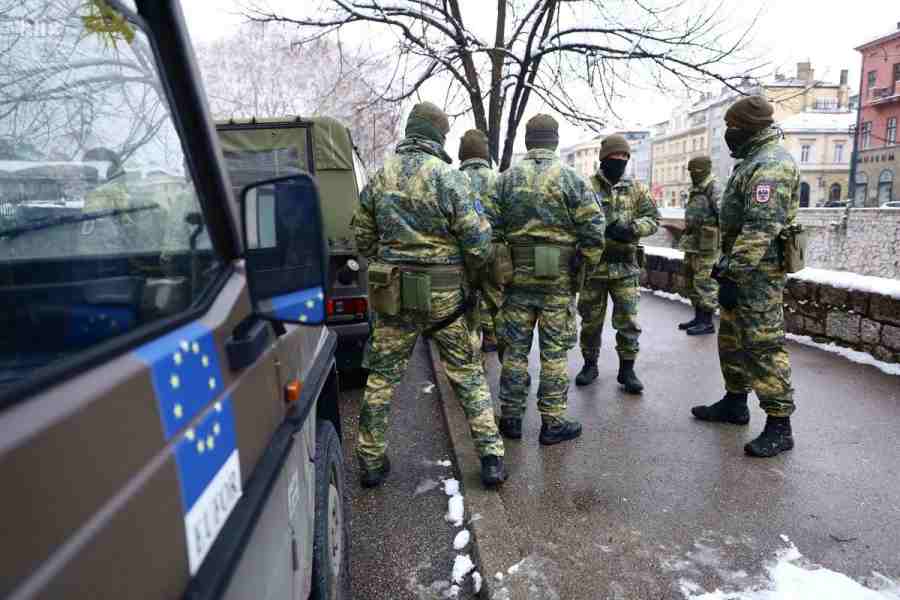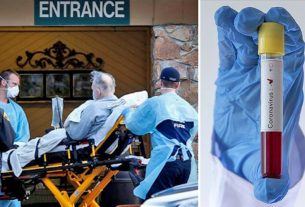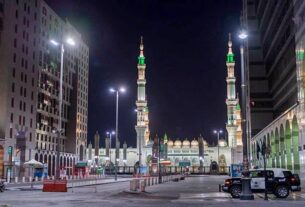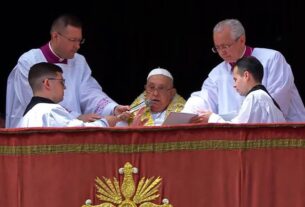Tue 15 November 2022:
As tensions rise over a long-running dispute over license plates, EU foreign policy head Josep Borrell warned on Monday that Serbia and Kosovo are on the “edge of another crisis.”
“We are very worried about the situation in the Western Balkans,” Borrell said after a meeting of EU foreign ministers that discussed the situation in the region, adding “unnecessary and counterproductive tensions” between Kosovo and Serbia “are reaching a very, very dangerous level” and create a situation where “we are unhappily on the edge of another crisis.”
TÜRKIYE WON’T ALLOW ANOTHER CONFLICT IN BOSNIA AND HERZEGOVINA
Referring to the latest tensions, he spoke of the most serious and most dangerous crisis of the last ten years and said the withdrawal of Serbs from Kosovo institutions had created a vacuum.
“In this vacuum, the worst can happen, so both sides need to show more flexibility”, Borrell warned.
The situation in the north took became more precarious in recent weeks as members of the Serbian community resigned from Kosovo institutions as a sign of opposition to the government’s requirement that all cars owned by citizens of Kosovo should have Kosovo-issued plates.
Serbia is against this as they continue not to recognise Kosovo’s independence.
“Both parties – both parties – need to urgently show readiness to find a way forward to lower these tensions. It is not acceptable for either party to violate or ignore their Dialogue obligations,” Borrell said.
GERMANY TO REDEPLOY TROOPS TO BOSNIA DUE TO “STABILITY” CONCERNS
“Kosovo Serbs need to return to institutions. Kosovo authorities must show flexibility on licence plates and work on the implementation of the agreement on the Association of Serb Majority Municipalities without delay,” he added.
Tensions between Serbia and Kosovo have intensified following the withdrawal of Kosovo Serbs from all central and municipal institutions in protest of Pristina’s intention to replace license plates granted to Serbs by Serbian authorities with plates issued by the Republic of Kosovo.
Kosovo declared independence from Serbia in 2008, but Belgrade still considers it to be its territory.
Pristina has stated that it will begin fining Serb drivers who use pre-independence plates this month and will confiscate vehicles with obsolete registration numbers after April 21, 2023.
N.MACEDONIA, BOSNIA AND HERZEGOVINA AFFIRM COMMON FUTURE IN EU, NATO
Serbian President Aleksandar Vucic has stated that Belgrade will uphold the terms of the Brussels Agreement, a 2013 agreement to improve relations between Serbia and Kosovo, and has urged the EU and Pristina to do the same.
The EU and NATO have urged both sides to avoid unilateral moves and instead resolve remaining issues through discussion.
Brussels has supported a discussion between the two nations in order to reduce tensions and resolve bilateral concerns, which is one of the prerequisites for full EU membership.
Bosnia has never fully recovered from its interethnic 1992-1995 war, which had a death toll of nearly, 100,000. The war started when Serbs, who accounted for about a third of the population, tried to dismember it and unite the territories they claimed as their own with neighbouring Serbia.
In the past eight years alone, nearly half a million people are estimated to have emigrated due to a lack of jobs, poor public services and endemic corruption.
1995 genocide
The Srebrenica killings were the bloody crescendo of Bosnia’s 1992-95 war, which took place after the breakup of Yugoslavia unleashed nationalistic passions and territorial ambitions that set Bosnian Serbs against the country’s two other main ethnic factions – Croats and Bosniaks.
In July 1995, at least 8,000 Bosniak males from Srebrenica were separated by Serb troops from their wives, mothers and sisters, chased through woods around the eastern town and killed by those forces.
The perpetrators ploughed their victims’ bodies into hastily made mass graves which they later dug up with bulldozers and scattered among other burial sites to hide the evidence of the crime.
When the remains are identified, they are returned to their relatives and reburied in the Potocari Memorial Centre and Cemetery, just outside Srebrenica, each July 11 – the anniversary of the day the killing began in 1995.
PODCAST | HOW ONE OF BOSNIA’S PRESIDENTS MAY TEAR THE COUNTRY APART
SOURCE: INDEPENDENT PRESS AND NEWS AGENCIES
___________________________________________________________________________________________________________________________________
FOLLOW INDEPENDENT PRESS:
TWITTER (CLICK HERE)
https://twitter.com/IpIndependent
FACEBOOK (CLICK HERE)
https://web.facebook.com/ipindependent
Think your friends would be interested? Share this story!





